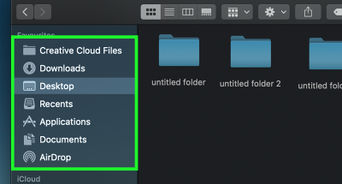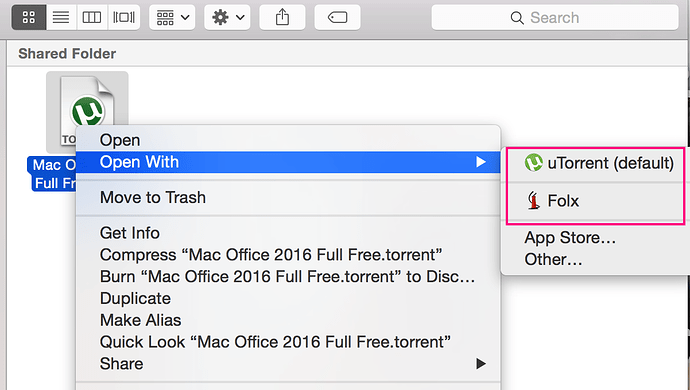

The first does the same as dragging a file to a new location on the same hard disk. There are two commands for moving and copying: mv and cp. The same is the case from the command line. (You may know that you can copy a file in the Finder, even on the same hard disk, by holding down the Option key when you drag it.) However, if you drag a file from your Desktop to an external hard disk, you’ll see that the file remains in its original location this file has been copied. The file is no longer on the Desktop, and is found only in the Documents folder.

If you’re in the Finder, and you drag a file from, say, your Desktop to your Documents folder, or any other folder on the same disk or volume, you move the file. The difference between copying and moving files


 0 kommentar(er)
0 kommentar(er)
